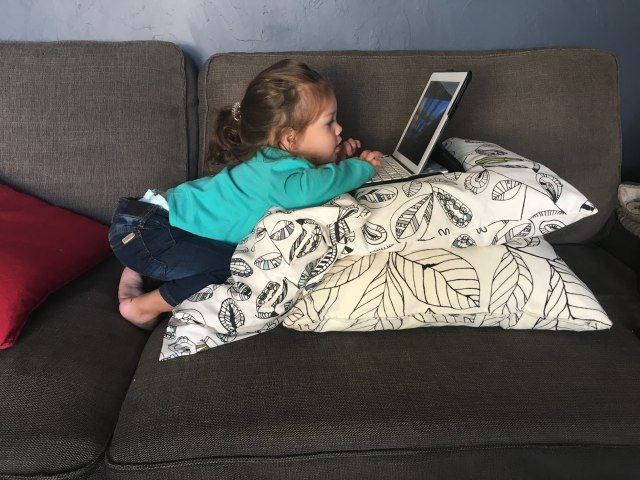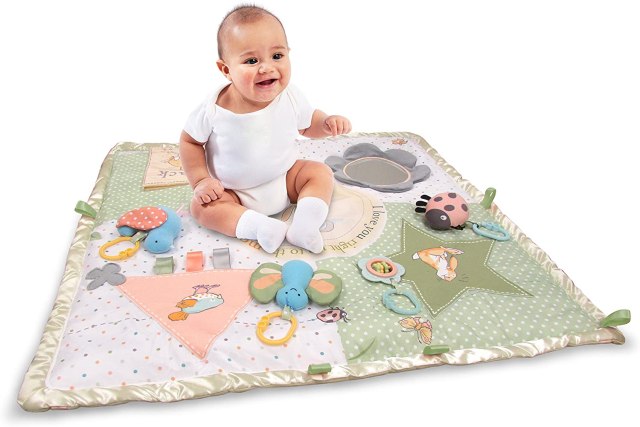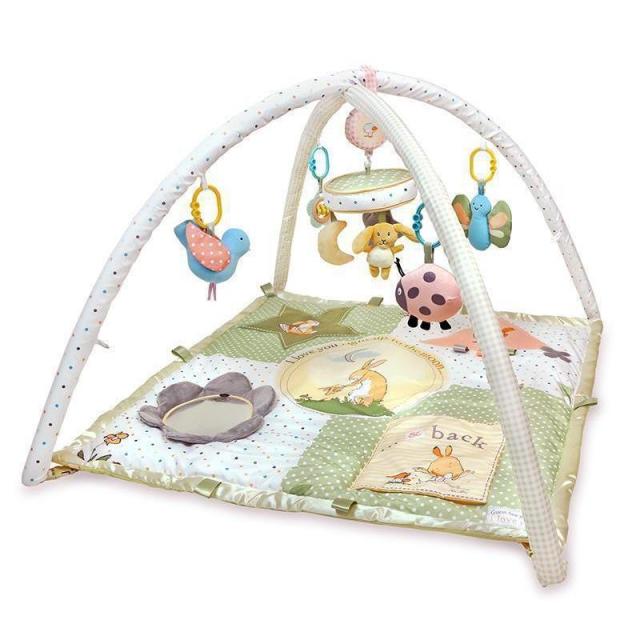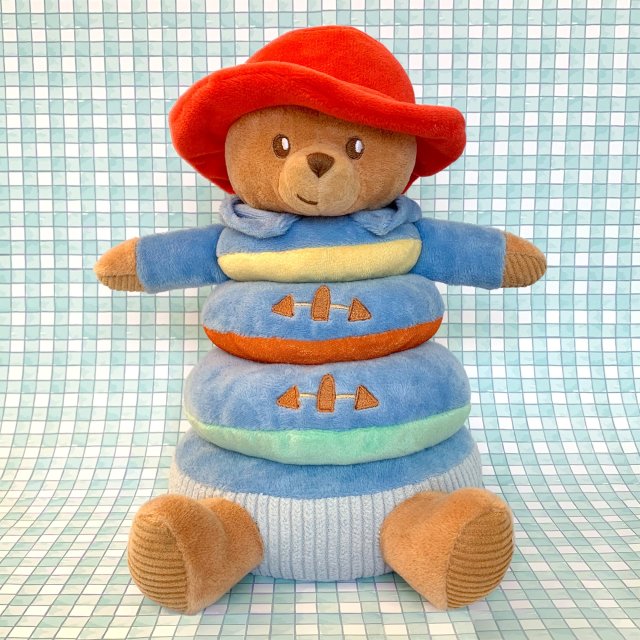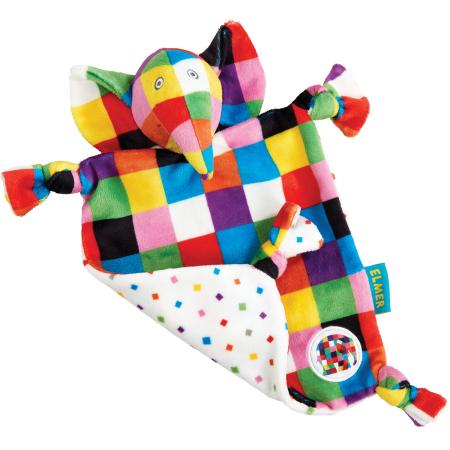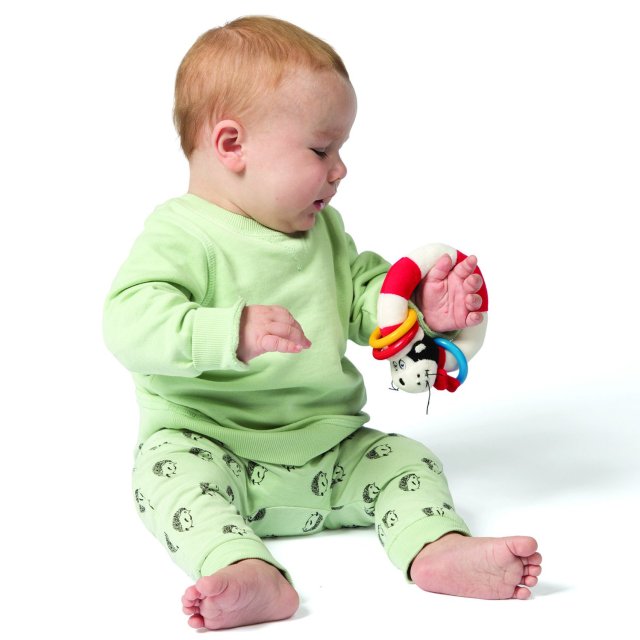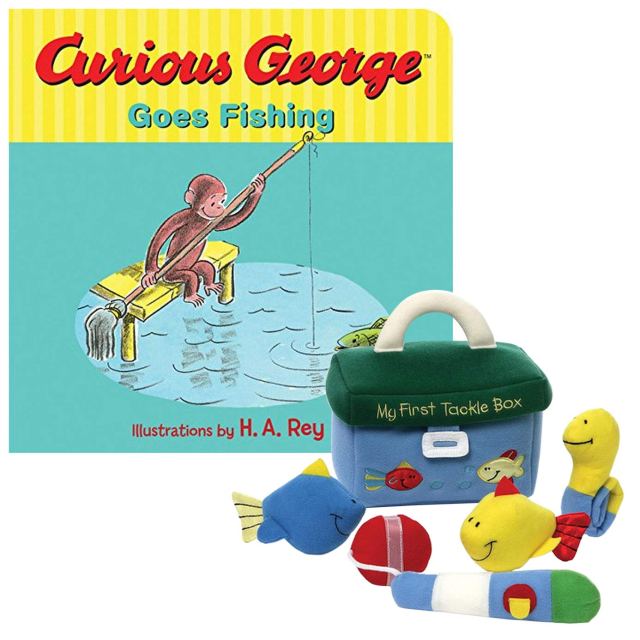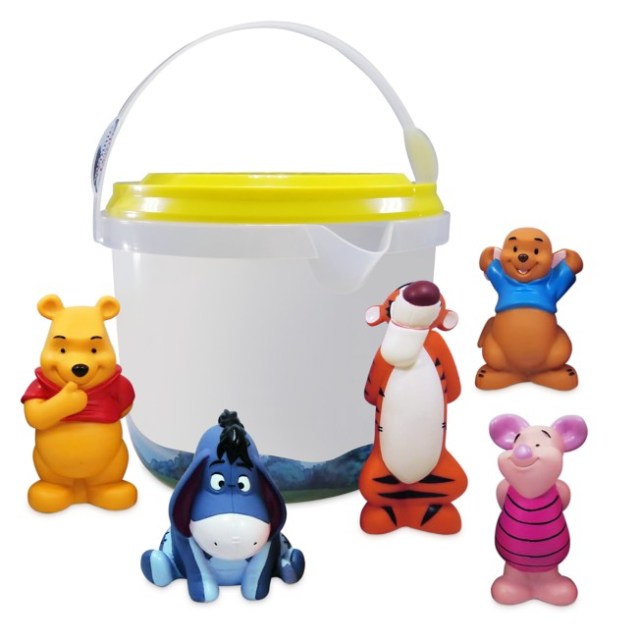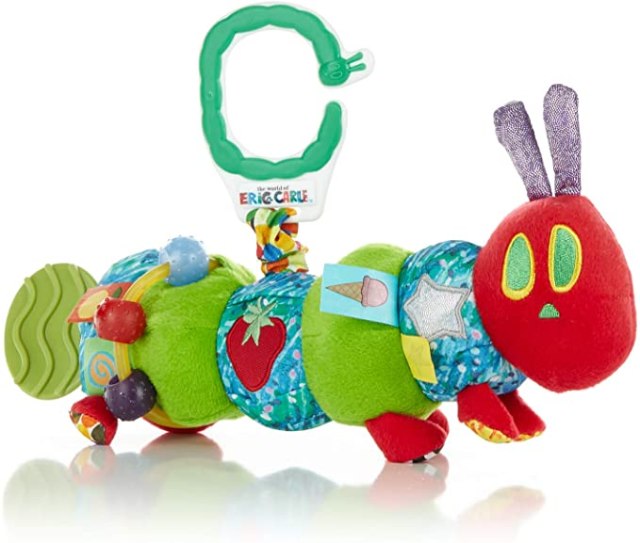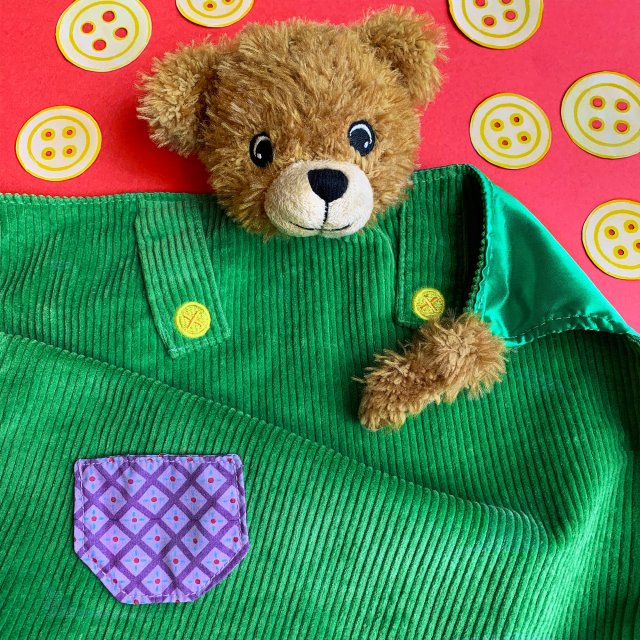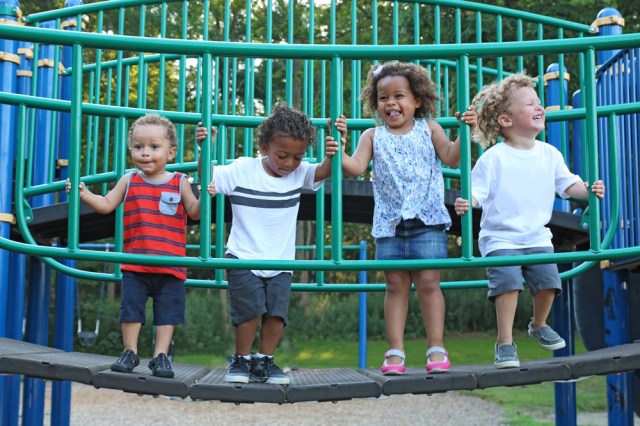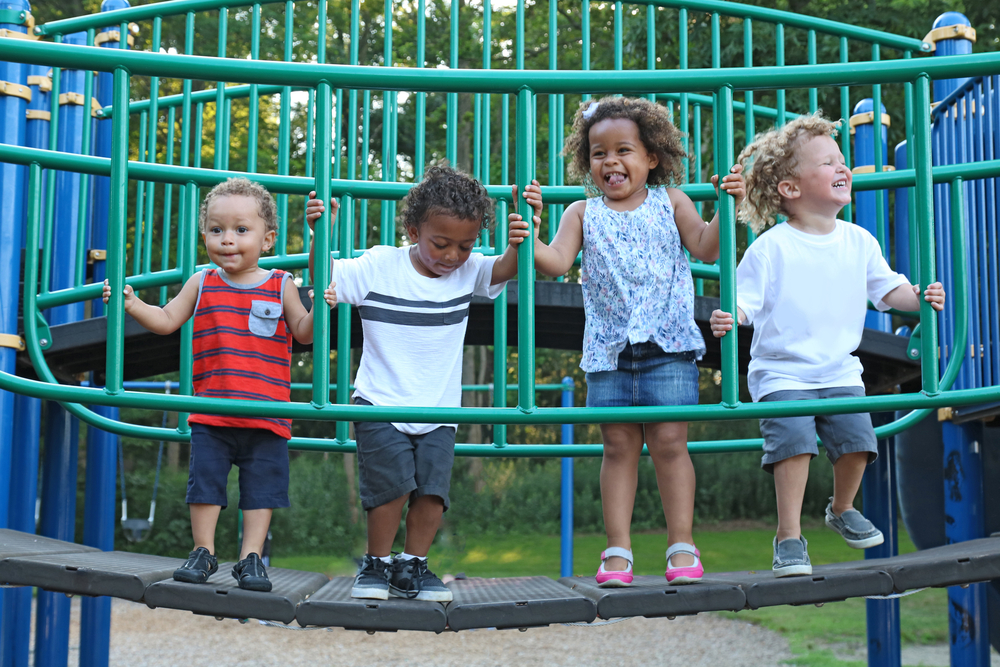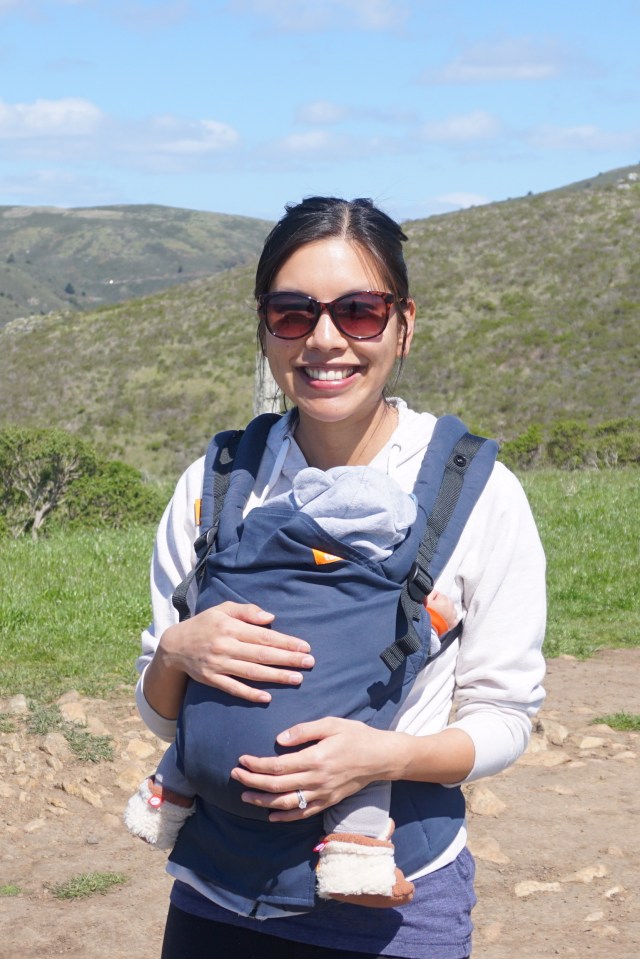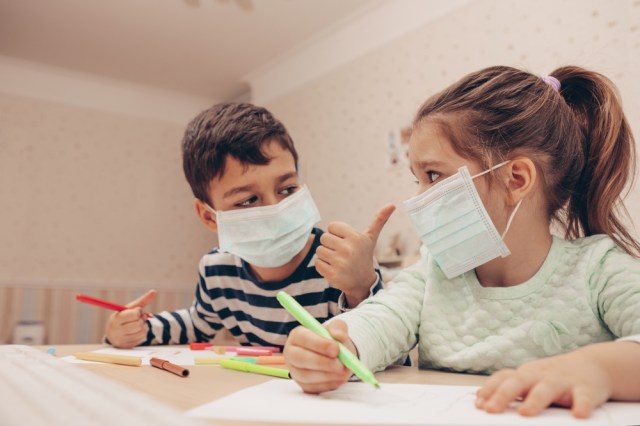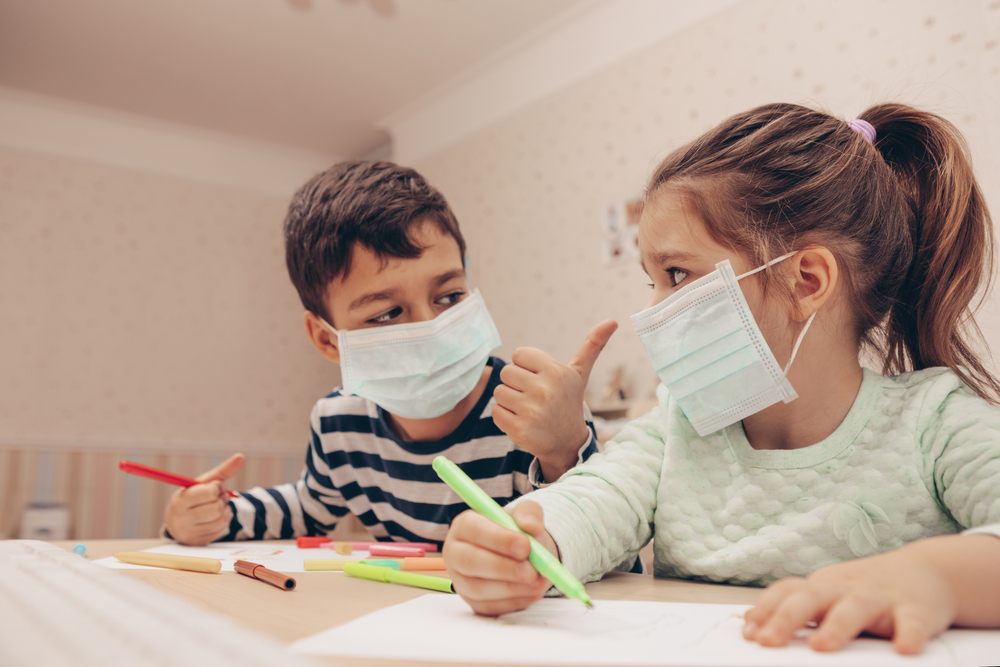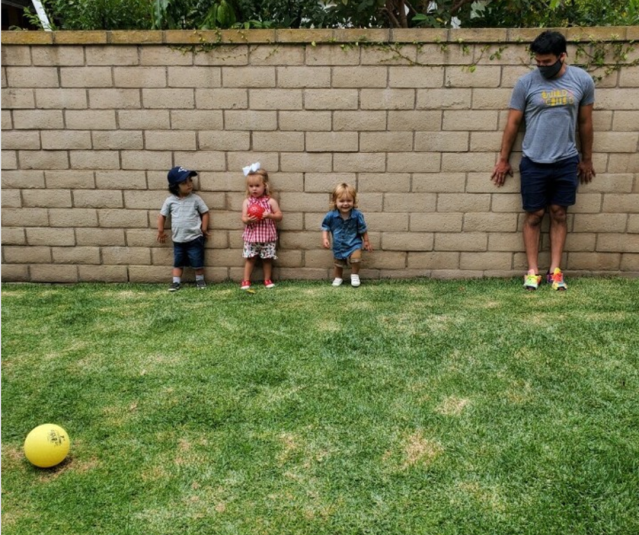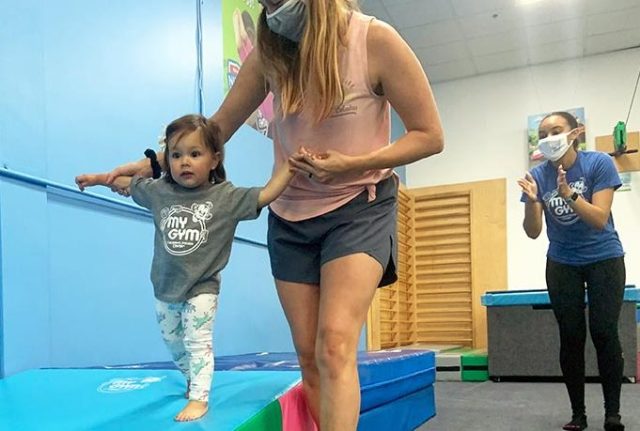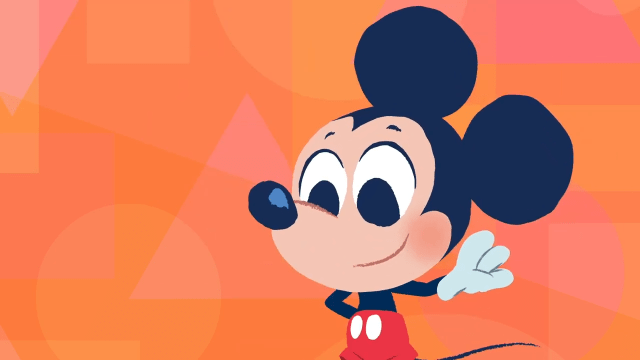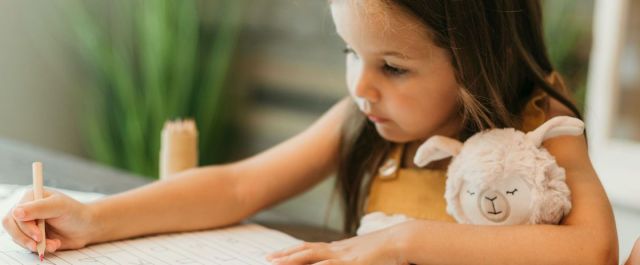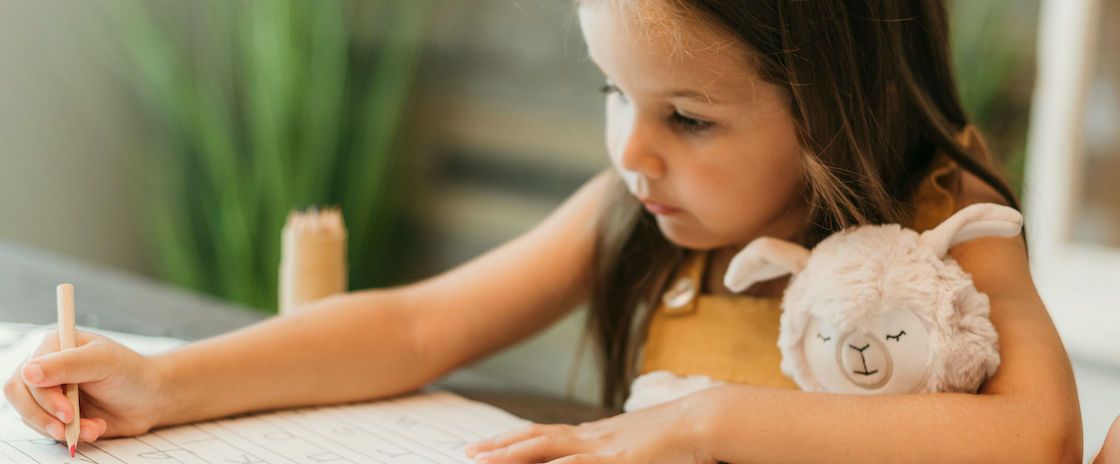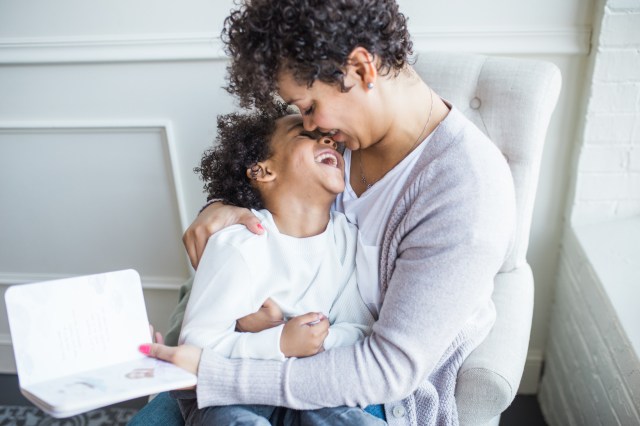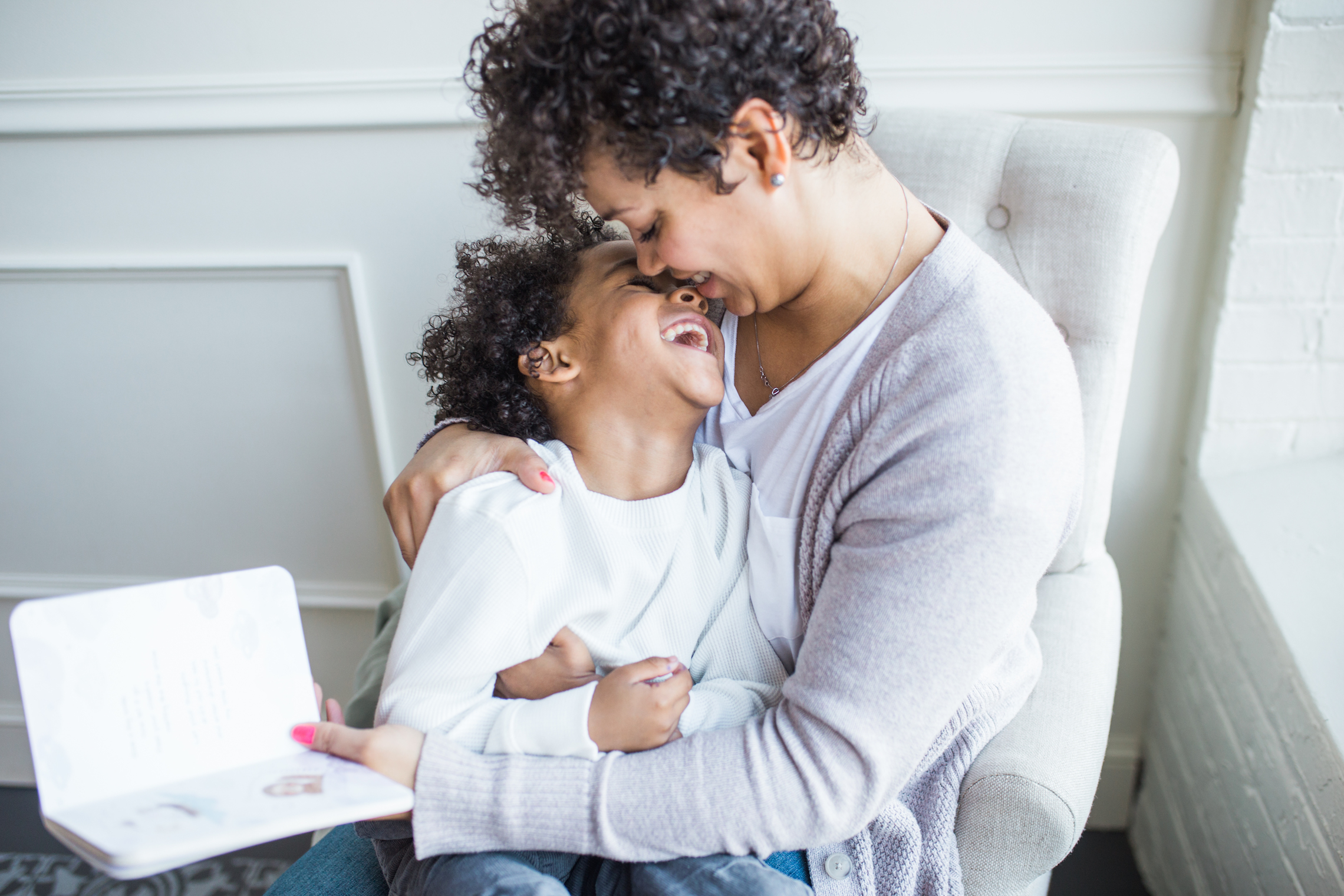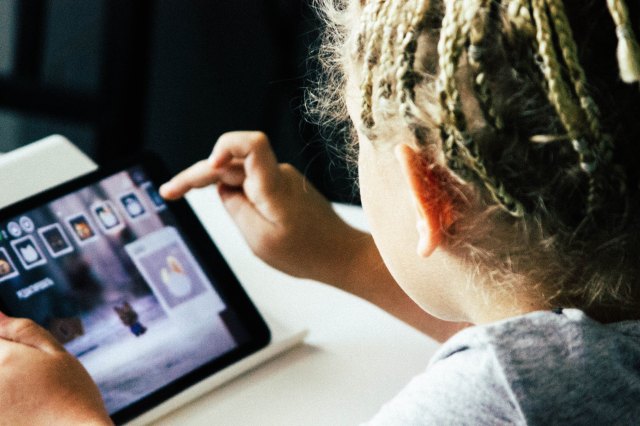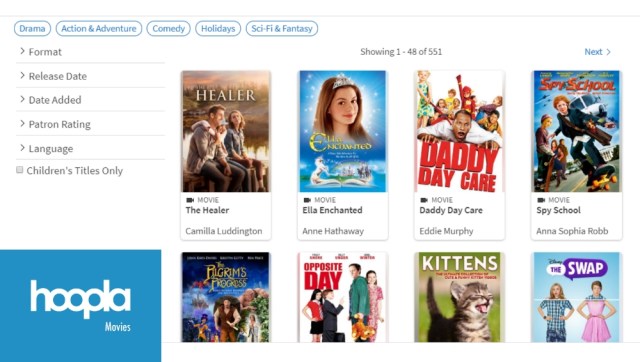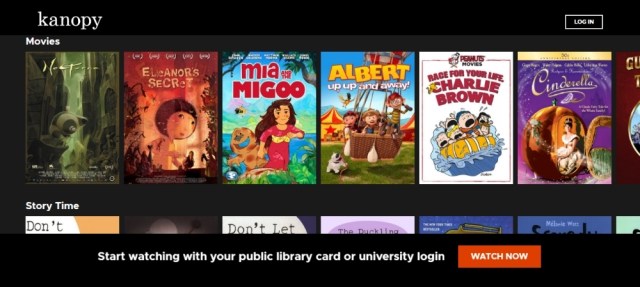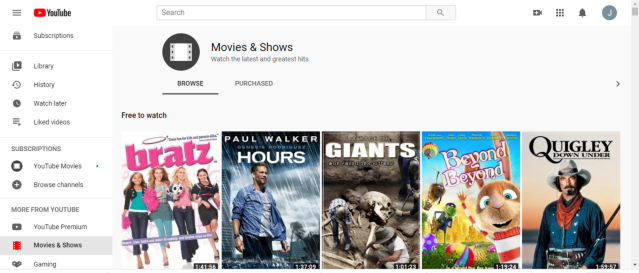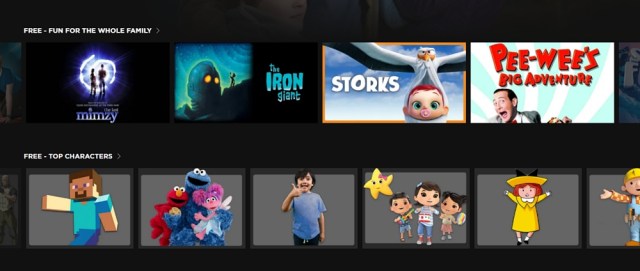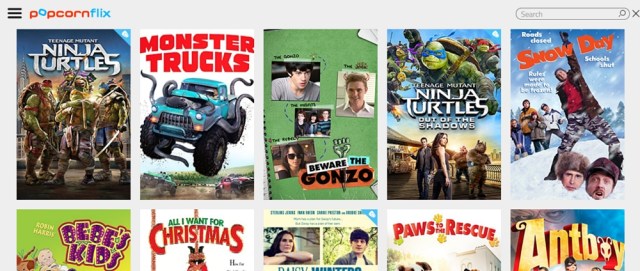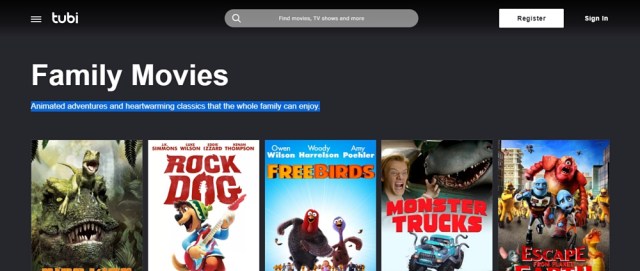Who uses social media? *Counts sea of hands*
Do you ever notice how social media can mess with our understanding of our individual children’s developmental paths? We often start to question where they are in their development compared to everyone else’s kids. And we then allow this comparison to determine our feelings of parental success—or failure.
How Social Media Can Negatively Affect Us
First, let’s look at how social media can affect us as individuals in general. Social media has been shown in several studies to be correlated to a decrease in self-esteem and an increase in depressive symptoms. Psychologist Melissa G. Hunt published an article in the December 2018 issue of the Journal of Social and Clinical Psychology that even went so far as to say that there is a causal link between social media use and “decreased well-being.” Causal link!
This effect is similar to how we feel after looking at fashion and beauty magazines where we compare ourselves to a photoshopped (read: not possible) “ideal.” I’ve always wondered how supermodels feel seeing themselves in photos looking, well, not like they actually look. It has got to be bizarre. I guess at least they know the truth while the rest of us look on in awe, putting ourselves down.
Social media is no different. People post the best events, vacations, moments and often don’t share the behind-the-scenes reality. Can their lives really be THAT perfect? The definitive answer is a resounding NO WAY!
No one’s life is as perfect as they make it seem. And we know that, really. We know that there are 20+ photos taken before “the one” is captured for someone’s fashion blog. We know that props are purchased and arranged “just so” for someone’s food styling post. We know that bordering the picturesque square image posted to Instagram there are piles of laundry and dirty dishes. But it still can eat at us.
How Social Media Can Negatively Affect Us—as Parents
Unfortunately, our opinions of our children are not spared when it comes to social media comparisons. It usually begins innocuously enough: we post pictures of our beautiful children, share their growth and share our pride—and our friends and connections do the same.
Everyone is sharing the positives, which should be great, right? Well, on the one hand, it is beautiful. Boast! Be proud! Applaud your little ones! But, the other hand holds the negative reality.
We see our friends’ children sitting, crawling, walking, talking, running, singing, sleeping, and toilet training sooner than ours. We then launch into hours-long google searches of our specific comparison and concern, which prompts us to believe that our child’s supposed delay is absolutely, without a doubt, due to our excessive consumption of pizza bagels in high school.
And then the judgment turns inward. We feel that somehow our child’s natural timeline is a reflection of our parenting. My child’s path means I am a success or a failure. I wish we parents had that much power, but the reality is, we don’t.
Remember the age-old “nature vs. nurture” debate? Well, it continues, but I feel that when it comes to general development, nature is quite strong. Personally, I never knew how little control I could have over another human being until I had my children. A serious lesson in humility.
Social Media Is Not All Bad
So, it looks like I just wrote an *ahem* social media article that describes *ahem* social media as a mental health monster. I guess I kind of did, but here’s the other side of the coin: I also don’t think it’s bad all the time or to everyone.
Social media is ubiquitous in this day and age. Kids from one to 92 (Nat King Cole, anyone?) use the internet on the daily. In a lot of ways, it’s wonderful. Social media has enabled the world to become a smaller place in which living thousands of miles from family doesn’t have to mean only hearing their voice occasionally. Now you can see their faces on their pages or even use video calling apps to have as close to in-person conversations as possible!
If your family is military and you’ve moved a lot, I am sure you can attest to the beauty of the internet and social media. I personally love that my children know their grandparents in the United Kingdom so well through social media that when we visit them, they don’t miss a beat engaging with them.
With social media, you learn about how your friends are doing and even if you aren’t in person to be with them through life’s milestones, you are there digitally. That can be priceless.
You will have your own opinions about social media and its effect on your life. Whatever your current relationship with the virtual world, I suggest following these five steps to maintain your positive sense of self and your well-deserved pride in yourself and your perfect-as-they-are children:
1. Do a surface-level clean of your feed.
If you love seeing your best friend’s posts because her kids are a hoot, keep checking them out. But, if you compare yourself or your child to another friend’s posts, unfollow them (you don’t have to “unfriend” to not see their content!).
2. Find pages or groups that lift you up or that show the real side of life, like this one!
I will post the good, the bad and all the in-between, because I know we all experience it and I want you to know you’re not alone. Full disclosure: I was starting to get on myself for that danged chipped toe polish, now clearly displayed in both picture and video form!…but instead of envying those mamas that get regular pedis (I can still hope to be one someday), I will simply celebrate when I choose to do something about it, which may be tomorrow or may be next week… or may be I’ll wait until it grows out and I can start fresh.
3. Remember the mantra: “Their Own Path at Their Own Pace”
Follow whomever you want to follow online, but remind yourself that every child is on their own path. Some will walk at 10 months—super exciting of course—but may not show any more athletic prowess than that. Some will start to speak around then—music to a mama’s ears—but may be so shy they only speak in the home. Some do everything late but go on to be a world leader or famous singer or Olympic athlete. You never know! And honestly, it seems like most children’s skills are caught up in one way or another by the time they start school.
So remember: Your child is special and your child is perfect for himself or for herself. He or she is following their own path at their own pace. The sooner we can embrace that, which is hard of course, the sooner we can see our child as they are and love them all the more.
4. Do a deep clean.
If you’ve done all of the above, then maybe it really is time for the big-time, deep-cleaning social media purge. Go through your connections and remove anyone who is bringing you down. I know everyone is on a #KonMari kick in their homes and why not online too? If someone is not “sparking joy,” then good riddance!
Ensure your main feeds are chock full of sources of happiness. After all, you are an amazing mama and you deserve it.
5. If needed, have your child assessed.
If you are honest with yourself that your concern about your child’s development is deeper than social media comparisons, then please, have your children assessed! (And stop Googling!) Most big cities have programs in place, that are often free or low cost, to evaluate your child for speech, developmental delays, occupational therapy and behavioral therapy needs.
Or, you could do an at-home assessment. I personally like to use the Ages and Stages Questionnaire (ASQ3) as a gauge of how my children doing in terms of their communication, fine motor, gross motor, problem-solving and personal-emotional development. Early intervention often leads to better long-term outcomes.
